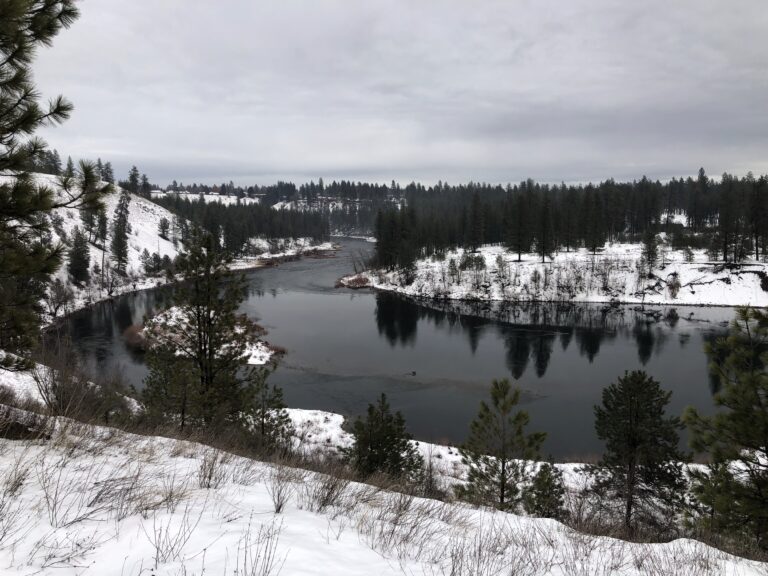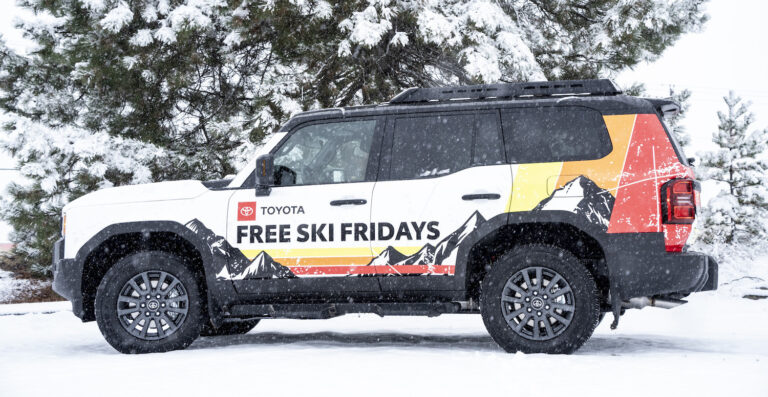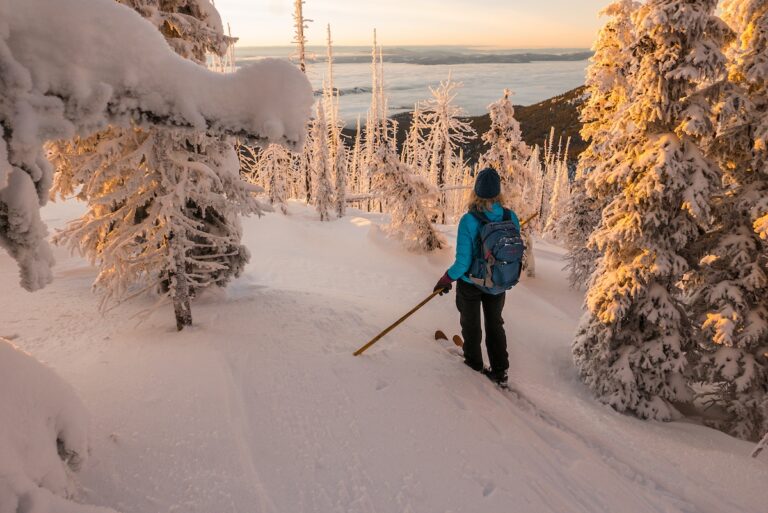Some people just don’t understand the allure of fishing. Others, like John Kallas, just can’t seem to live without it. He has fished for over forty years, and he loves it so much, he came out of retirement to work at his local White Elephant, where he gets to talk about fishing all day. This guy knows what he’s talking about.
As we head into January, the ice is starting to get thicker, and Kallas is itching to get out on the region’s frozen lakes. “Ice fishing is fun-they’ve got all this high tech stuff like fancy tents and fish sonar, but it’s probably the thrill of it that keeps me going out there year after year,” he says. “You’re not using a net so you’ve got to use the strongest, lightest line you can to get that fish up through the sharp edges in the ice.”
Ice fishing requires infinite patience, and a delicate touch: “It’s finesse fishing,” Kallas says.
When the ice gets thick enough, you’ll probably find Kallas in one of two places: fishing, or at the store, talking about where to fish. “It’s been kind of slim pickings around here the last few years,” he says. “The top two lakes are Fourth of July, for gigantic trout, and Hog Canyon, for nice, tasty, pan-sized trout.” He also recommends Eloika Lake: “it tends to get a little thicker ice.”
Rod: Kallas says he’ll usually go for a 24- to 27-inch ice fishing rod, rated for line four to six weight. “You want it strong enough that the fish doesn’t break off on you,” he says, but subtlety is key on the ice, so lighter rods are usually better. “A medium action pole is the highest I’d go,” he says, keeping the strength of the pole in the base.
Reel: When it comes to reels, he prefers a spinning reel: “Shakespeare reels are tremendous, and so are the HT reels which are made specifically for ice fishing,” he says. “They’re plastic (as opposed to metal), so they’re not going to freeze on you.”
Line: “The line that I use 90 percent of the time is Berkeley’s Fireline Crystal, because it’s a tough, tough, low diameter line.” Regardless of the brand, he says, “my last five feet of line has to be fluorocarbon. It’s the most true thing to being invisible, and it gives you a big advantage.”
Bobbers: Ice fishing is like setting a trap and laying in wait. Kallas says he uses a little tiny slip bobber, but there are several ways a fisherman can be alerted to movement on his line, including fishing pole extenders that bob when the pole moves, or even “little Santa Claus bells.”
Hooks: “I use the smallest hooks I can get away with,” usually size 14.
Bait: “I’m a believer in meal worm,” Kallas says. “If I’m two-hooking it, I’ll put a meal worm on the top, crawler on the bottom.” Kallas says floating baits (like a bit of marshmallow) can be very effective locally, but “all you need is an inch or so of crawler-I pinch off my crawlers at each end to really get the scent in there.”
Attire: “When the ice starts building, it makes a sloppy mess, so traction is really tough.” Fortunately, HT makes ice cleats: “they’re a rubber-type safety tread that fits over your boots-you put them on over your shoes like galoshes.” He also wears insulated boots, because “you’ve got to keep those feet warm.”
Wool socks, plenty of clothes, thermal underwear, and waterproof outerwear complete his outfit for staying warm on the ice. Kallas says he usually wears a hat, too, and wool gloves, the kind with fingertips exposed for dexterity. “I always wear plenty of clothes-you can always peel jackets off, but once you get cold out there, you’re in trouble.”
Ice gear: He usually packs up an ice bucket or two, which feature the dual function of storage and stoolage, a manual ice auger by Strike King or Mora, and a fillet knife. Kallas tows his gear in a plastic sled, or his radio flyer.













